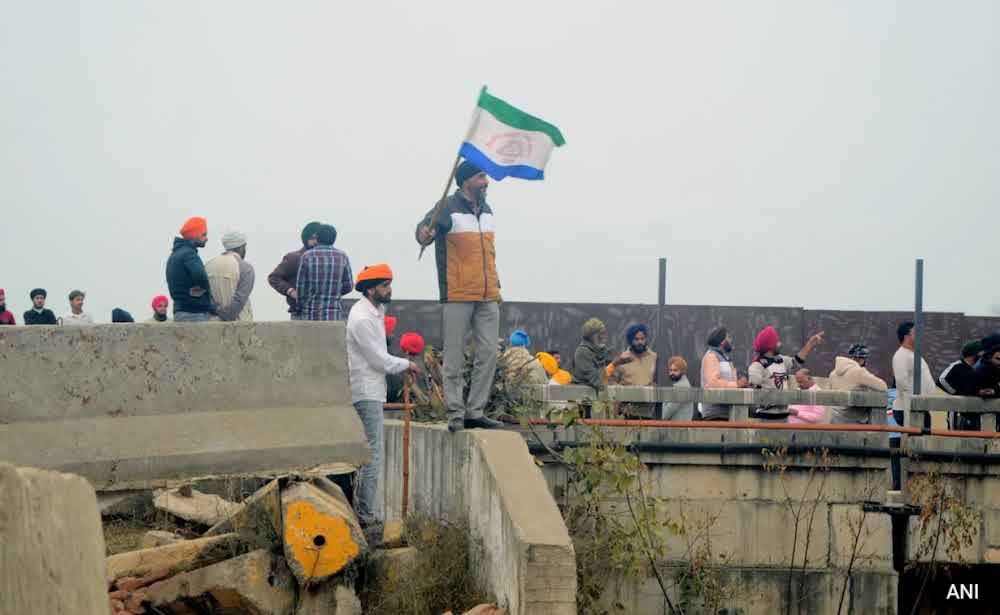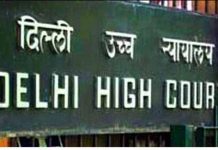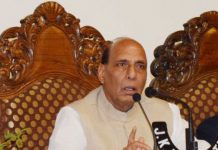
Farmer leaders have rejected the proposal given by a panel of Union ministers after the fourth round of talks, offering to purchase pulses, maize and cotton crops by government agencies at the minimum support price for five years if farmers withdraw their protest. The government looks keen to end the impasse given the forthcoming Lok Sabha elections. However, the death of a young farmer, Shubhkaran Singh in a clash between security personnel and protesters at Khanauri in Punjab has escalated tension and the deadlock persists.
Tehelka’s cover story in this issue “Face-off” delves into why after a nearly two-year period of relative calm, farmers have again locked horns with the Centre over their demand for MSP for their crops. Started on February 13 with Dilli Chalo 2.0, the movement is now epicentered around Punjab-Haryana borders. Visuals of clashes between farmers and Haryana police with the latter stopping them from entering into their state en-route to Delhi, using tear gas, pellets and stones are going viral while the current regime dismissed the movement as a politically motivated stint ahead of the elections. Staging a peaceful protest is a constitutional right of every citizen and the farmers’ agitation of 2020-21 was proof of the resilience shown by the farmers forcing the Centre to repeal the three farm laws.
The genesis of the whole issue is that the government sets the MSP for about two dozen commodities twice a year based on the recommendations of the Commission for Agricultural Costs and Prices but it lacks a legal guarantee. Little doubt, that most of the crop procurement under MSP is from Punjab and Haryana and of mainly wheat and rice produce which supports the government’s public distribution system. However, farmers want a law that guarantees MSP on every crop. They also insist on implementation of the recommendations of the MS Swaminathan committee on agriculture which suggested increasing the MSP to at least 50% above the average cost of production.
Farmers also want the government to put pressure on developed countries at the World Trade Organisation to keep agriculture out of its ambit given its limits on crop price guarantees allowed for individual nations. The ‘de minimis limits’ under the rules of the WTO Agreement on Agriculture (AoA) refer to the minimal amount of domestic support allowed for a country and these allowances have been set at 5% of the value of production for developed countries and at 10% for developing nations. Post-WTO agreement, domestic trade continued to be operated through restrictive trade practices in India that proved good for the procurement agencies and registered traders of the Agricultural Produce Market Committees (APMCs), but not for the farmers. It is time that the government and farm unions look at the larger picture to resolve the issue to spur farmers to further step up the production of crops in the national interest.













